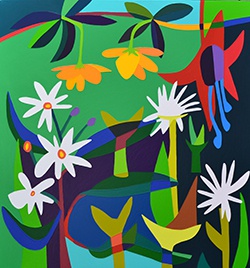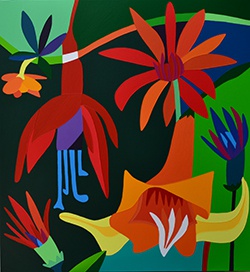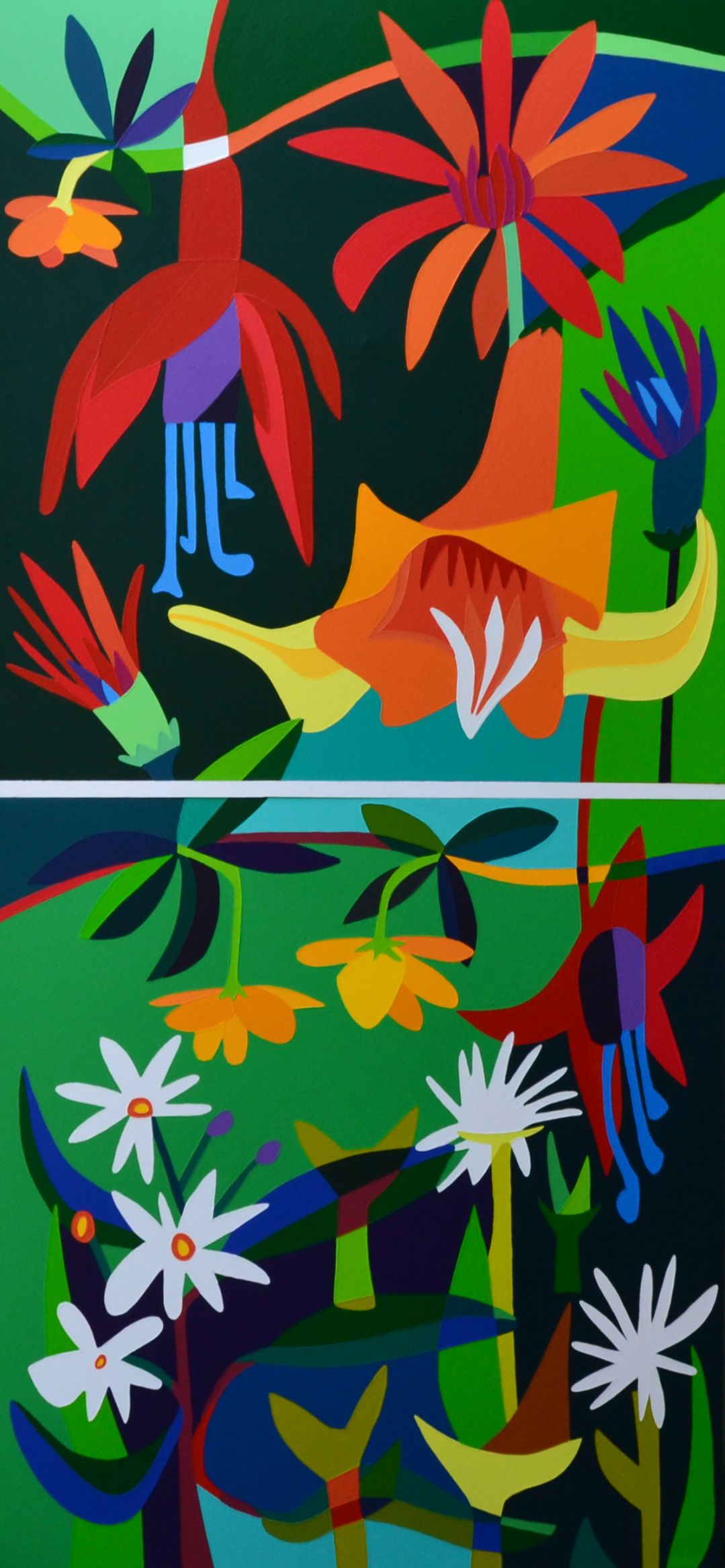This work invites us to imagine and reinterpret history after passing 500 years. To discover that flora of Patagonia that is still alive and unseen.
“The conquest” and the voyages of Magellan turned out to be the discovery of the southernmost and most bionatural passage in the world. That trip that began with five caravels and only one returned, left deep traces, it had the purpose of opening a commercial route with the spice islands.
Is that kind of conquest still the only purpose of man?
Without knowing the flora and its history, we will hardly be able to start over.
Two works of art united by the same passion make up a single piece to study in depth and reflect in detail
FLORA OF THE END OF THE WORLD – MODULE A

In this module you can see the simplicity, but at the same time the artist wanted to express the dispute of species. The exotic ones have invaded the territory of the natives. Carpobrotus edulis is an invasive exotic plant introduced by man that caused irreparable damage to ecosystems and continues to do so today. Native ones such as Canelo, Calafate and the Chilco flower reflect their magic, they are edible, medicinal and sacred.
FLORA OF THE END OF THE WORLD – MODULE B

Here the golden orchid appears as the protagonist, which is the oldest native flower in America, they are very sensitive plants that only grow in the purest forests. Then there are the Mutisias that were chosen by the artist for their wild and savage characteristics. The Calafate flower appears and after growing it bears fruit.

